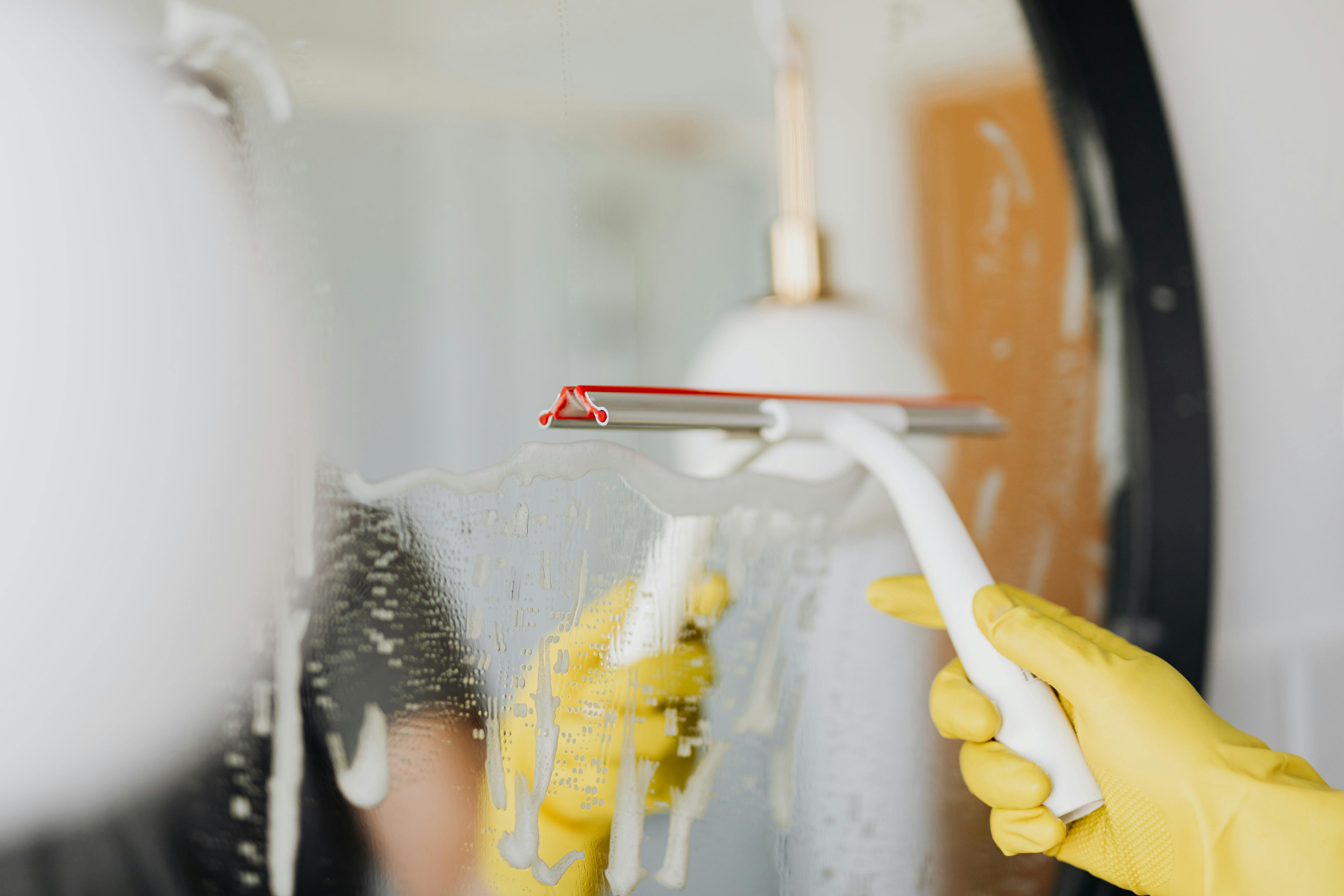Distillation is a process used to purify liquids by separating the components of a liquid mixture. This process can also be used to remove lead from water, as lead can be removed through evaporation. In this article, we will discuss how distillation works to remove lead and why it is an effective method of purification.Yes, distillation can remove lead from water. Distillation is a process in which water is heated to boiling point and then the steam is collected and condensed into a separate container. As the steam rises, it leaves behind any solid particles, such as lead, which remain in the original container. Thus, the condensation contains pure water without any lead particles.
Distillation
Distillation is a process used to separate components of a mixture through heating and cooling. The process can be used to separate mixtures of liquids, such as water and ethanol, or solids and liquids, such as salt and water. Distillation involves boiling the mixture, collecting the vapors produced, and condensing them back into liquid form. The components of the mixture have different boiling points, so they can be separated by controlling the temperature. During distillation, the vapor is collected in a condenser where it is cooled and turned back into liquid form. This liquid can then be used for various purposes depending on the components of the original mixture. Distillation is widely used in laboratories for purifying liquids, as well as in industry for producing fuel, alcohols, essential oils, and more.
Lead
Lead is a highly toxic metal that can have serious health implications if it is ingested or inhaled. It is especially dangerous for children, as even small amounts of lead can cause developmental delays and other health issues. Lead is often found in paint, plumbing fixtures, soil, and drinking water. People can be exposed to lead through contact with these materials or by breathing in lead dust or fumes. Long-term exposure to lead can cause tissue and organ damage, anemia, reproductive problems, cognitive deficits, and even death. Therefore, it is important to be aware of the sources of lead in order to prevent potential exposure.
What Are The Effects of Lead Poisoning?
Lead poisoning can have serious effects on the body, and the severity of the symptoms depend on the amount of lead that has been ingested. Long-term exposure to lead can cause serious damage to the brain, kidneys, and other organs. It can also cause anemia, weakened bones, and hearing loss. Children are particularly vulnerable to lead poisoning as it can impair their cognitive development and growth.
Lead poisoning affects almost every system in the body. In adults, it can cause headaches, abdominal pain, joint pain, memory problems, infertility, and depression. It can also cause changes in blood pressure or heart rate. Children may experience behavioral issues such as hyperactivity and poor concentration. Lead poisoning in children has also been linked to learning disabilities and delayed physical development.
Exposure to high levels of lead is especially dangerous as it can affect almost every system in the body simultaneously. Symptoms of severe lead poisoning include confusion, seizures, coma, and even death in extreme cases. The effects of lead poisoning are long-lasting and irreversible. Therefore it is important to take steps to minimize exposure
Distillation and Lead Removal
Distillation is an effective method for removing lead from water. Through the process of evaporation and condensation, lead is separated from the water, leaving clean, safe drinking water. The process begins when the water is heated to boiling, causing it to vaporize and rise in the form of steam. As the steam rises, it passes through a cooling chamber where it condenses back into liquid form. The lead particles remain in the vapor form, while the condensed liquid is collected in a separate chamber and stored for use. This process can be used to remove lead from both surface waters (rivers and streams) and groundwater sources.
The effectiveness of distillation depends on several factors including temperature, pressure, and contact time. Generally speaking, higher temperatures result in faster distillation rates and better removal of lead particles. Additionally, longer contact time with the lead-containing water allows for better separation of contaminants from the clean drinking water. It’s important to note that distillation can be used to remove lead from both contaminated groundwaters and surface waters but may not be as effective at removing other pollutants such as arsenic or other heavy metals. <

Does Boiling Water Remove Lead?
Boiling water is an effective way to reduce or remove lead from drinking water. When water is boiled, the molecules begin to vibrate, which causes the lead to be released from the water. Boiling also increases the rate at which lead is released from the pipes that carry the water. The longer you boil the water, the more lead is removed. However, boiling does not remove all of the lead in drinking water, so it’s important to have your water tested for lead levels before using it for drinking or cooking. It’s also important to use filtered or bottled water if your home has elevated levels of lead. Boiling your tap water will help reduce potential health risks associated with lead exposure, but it’s not a complete solution.
Is Distillation Effective For Removing Lead From Water?
Distillation is one of the most effective methods for removing lead from water. It involves boiling the water and then collecting the condensed vapor that comes off the surface. This vapor is free of lead, as well as other dissolved solids and contaminants. The process of distillation can be used to purify drinking water, remove heavy metals from industrial wastewater, and even desalinate seawater. Distillation is a reliable and efficient way to remove lead from water, as it does not require any additional chemicals or other treatments. Additionally, it is relatively inexpensive compared to other filtration processes.
However, distillation does have some limitations when it comes to removing lead from water. For example, the process does not remove organic compounds such as pesticides or herbicides from the water. Additionally, distillation takes much longer than other filtration processes such as reverse osmosis or activated carbon filtration. As a result, distillation may not be suitable for situations where quick removal of lead from water is required.
Overall, distillation is an effective method for removing lead from water
Are There Other Methods of Removing Lead From Water?
Yes, there are other methods of removing lead from water. The most common method is reverse osmosis, which involves forcing water through a membrane to filter out contaminants. This method is effective at removing lead as well as other contaminants such as bacteria, viruses, and sediment. Another method is activated carbon filtration, which uses activated carbon to adsorb contaminants from the water. This method can be used in combination with reverse osmosis for increased effectiveness. Additionally, ion exchange systems are also used to remove lead from water. These systems work by exchanging ions with another material, typically an exchange resin or zeolite, that is specifically designed to absorb lead and other heavy metals. Ion exchange systems can be used on their own or in combination with other filtration methods for maximum effectiveness. Finally, distillation is another option for removing lead from water. Distillation works by boiling the water and collecting the resulting steam that contains fewer contaminants than the original water source.

Conclusion
Distillation is one of the most effective methods for removing lead from water. It can remove up to 99% of lead from a water source, making it one of the most reliable methods for ensuring safe drinking water. It is important to note, however, that distillation does not remove all types of lead. Certain organic compounds and other contaminants may still remain in the distilled water. Furthermore, distillation requires a significant amount of energy and may not be feasible in some areas where energy resources are scarce. Despite these limitations, distillation remains an important and effective tool for reducing lead levels in drinking water.
In conclusion, distillation is an effective method for removing lead from drinking water. It is a reliable method that can remove up to 99% of lead from a given source. However, it must be used with caution as it may not remove all types of lead or other contaminants in some cases. As such, it should be used alongside other methods to ensure that the water you drink is safe and free from lead contamination.

